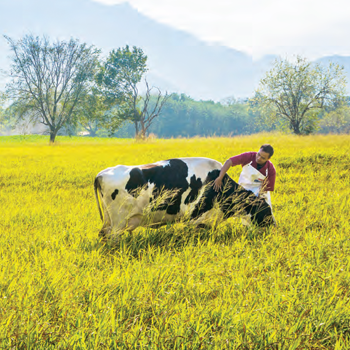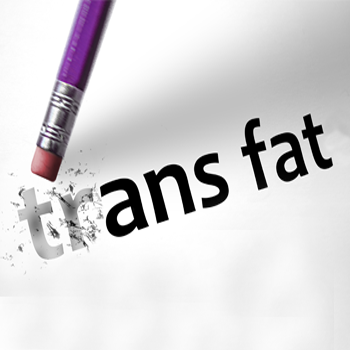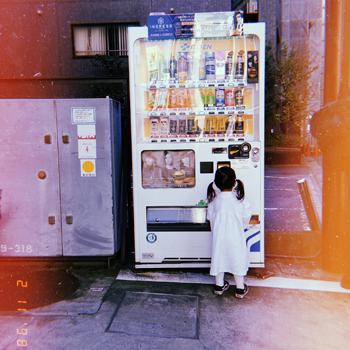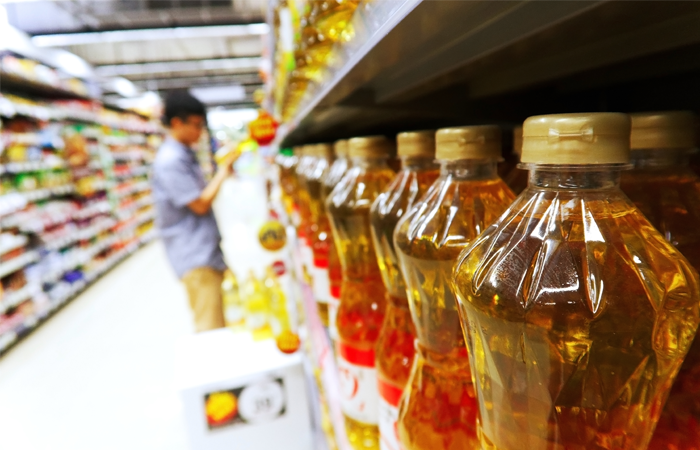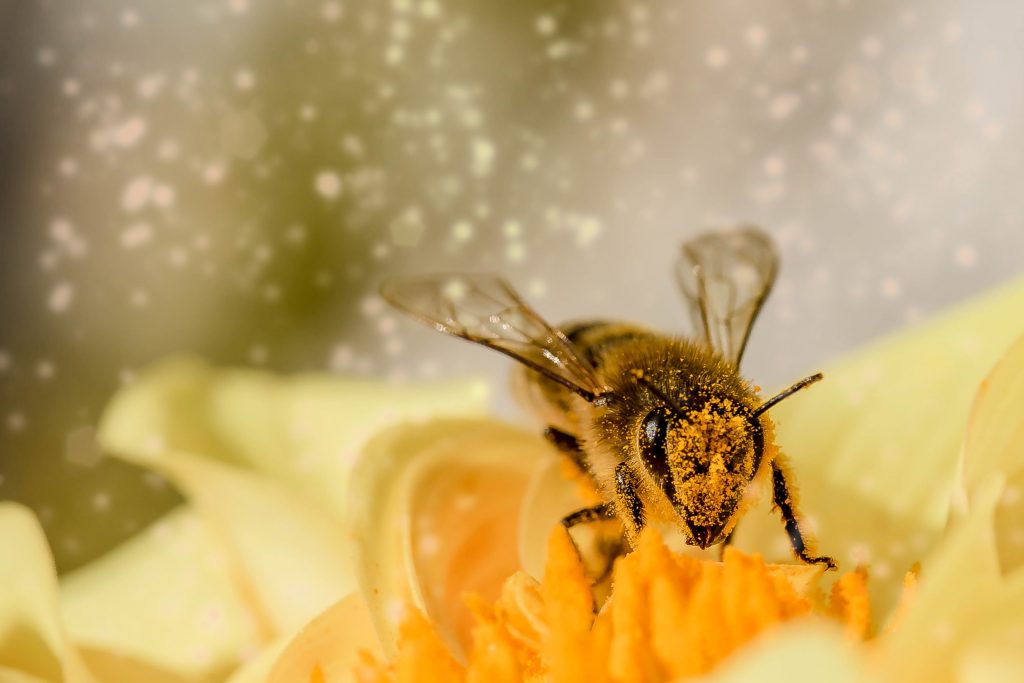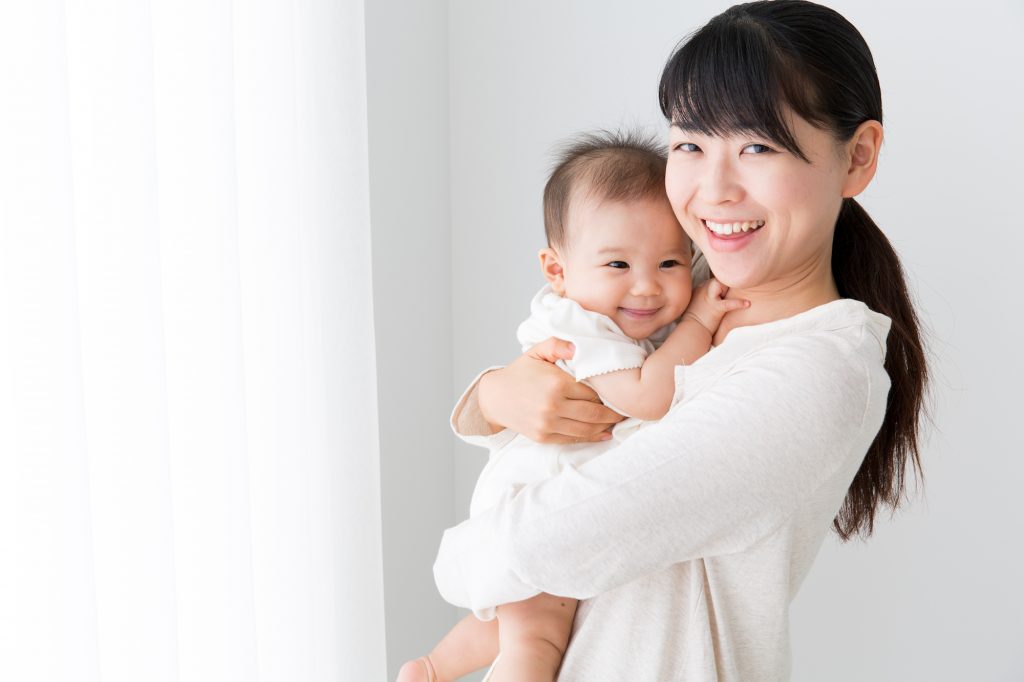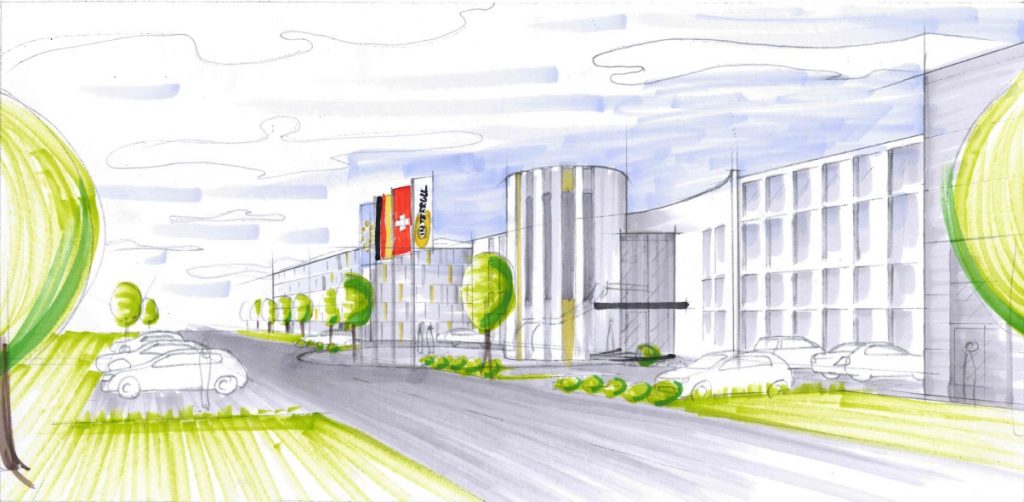ฟาร์มโคนมไทย-เดนมาร์ค
นมยูเอชทีกล่องแรกของประเทศไทย…เกิดขึ้นที่นี่
เรียบเรียงโดย/Compiled By: กองบรรณาธิการ
นิตยสาร ฟู้ด โฟกัส ไทยแลนด์
Editorial Team
Food Focus Thailand Magazine
ระยะทางกว่า 140 กิโลเมตร จากกรุงเทพฯ มุ่งหน้าสระบุรี เราได้สัมผัสแหล่งท่องเที่ยวเชิงเกษตร องค์การส่งเสริมกิจการโคนมแห่งประเทศไทย หรือ อ.ส.ค. ซึ่งเป็นแหล่งเลี้ยงโคนมประวัติศาสตร์แห่งแรกของประเทศไทยที่มีการสาธิตการเลี้ยงโคนมและมีการถ่ายทอดทางวิชาการอย่างเป็นระบบ จนก่อให้เกิดอาชีพที่เกษตรกรสามารถยึดถือเพื่อเลี้ยงตนเองและครอบครัวอย่างยั่งยืนสืบมา และอาจกล่าวได้ว่าเป็นอาชีพพระราชทานด้วยพระมหากรุณาธิคุณของพระบาทสมเด็จพระเจ้าอยู่หัวภูมิพลอดุลยเดช
จากเกษตรกร…สู่โรงงาน อ.ส.ค. มวกเหล็ก
วัวนมกว่า 100 ตัว ที่ฟาร์มแห่งนี้ถูกเลี้ยงแบบธรรมชาติ น้ำนมดิบที่ได้จากที่นี่และฟาร์มของเกษตรกรต่างๆ จะถูกส่งรวบรวมไปยังโรงงานทั้ง 5 แห่งของ อ.ส.ค. ได้แก่ โรงงานนมมวกเหล็ก จังหวัดสระบุรี โรงงานนมเชียงใหม่ จังหวัดเชียงใหม่ โรงงานนมปราณบุรี จังหวัดประจวบคีรีขันธ์ โรงงานนมขอนแก่น จังหวัดขอนแก่น และโรงงานนมสุโขทัย จังหวัดสุโขทัย เพื่อแปรรูปเป็นผลิตภัณฑ์นมกล่องยูเอชที นมพาสเจอร์ไรส์ โยเกิร์ต และไอศกรีมต่อไป
For more than 140 kilometers from Bangkok to Saraburi, we can catch on an agro-tourism welcoming destination at the Dairy Farming Promotion Organization of Thailand or DPO where the rich history of the first dairy farming in Thailand is. Over here, they offer a dairy demonstration farm and the systematic transfer of knowledge to create a career that farmers can earn a living for themselves and their families in a sustainable way. It can be said that this royal granted occupation is originated with the benevolence of His Majesty the late King Bhumibol Adulyadej.
From Farmers…. to DPO Muak Lek Dairy Plant
Over 100 dairy cows in this farm are natural farming. The raw milk produced here and from farmers’ farms will be delivered to all 5 locations of DPO’s dairy plants that are Muak Lek Dairy Plant in Saraburi province, Chiang Mai Dairy Plant in Chiang Mai province, Pranburi Dairy Plant in Prachuap Khiri Khan province, Khon Kaen Dairy plant in Khon Kaen province, and Sukhothai Dairy Plant in Sukhothai province. Those raw milk will be dropped off at the dairy plants to process into UHT milk, pasteurized milk, yogurt and ice cream products.
